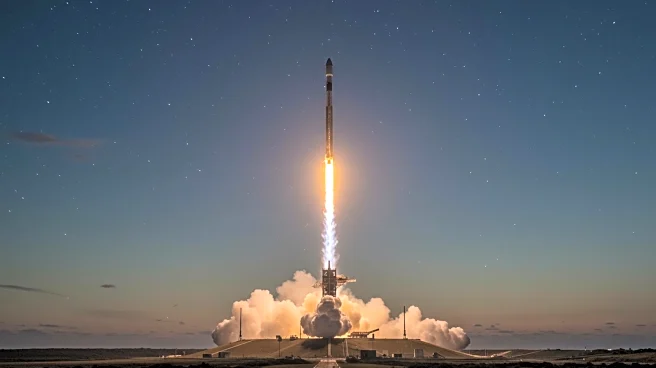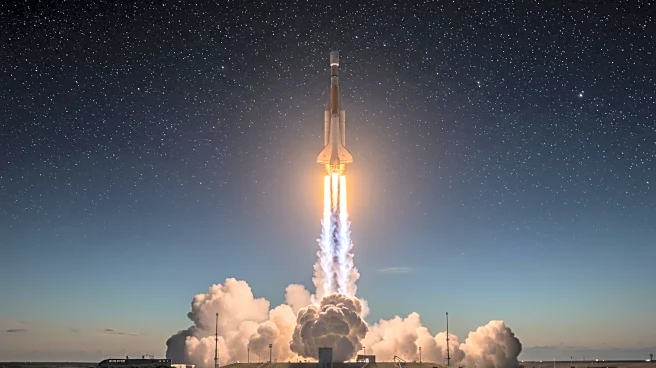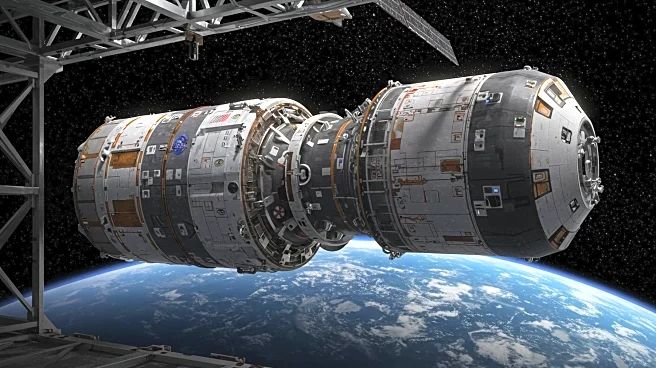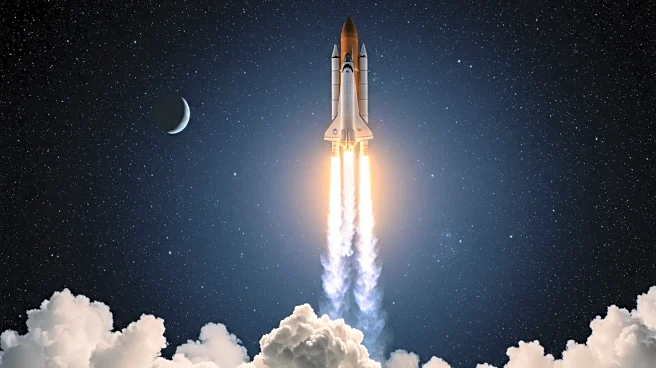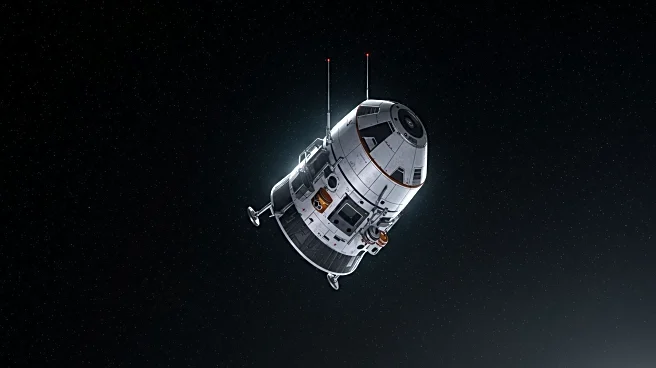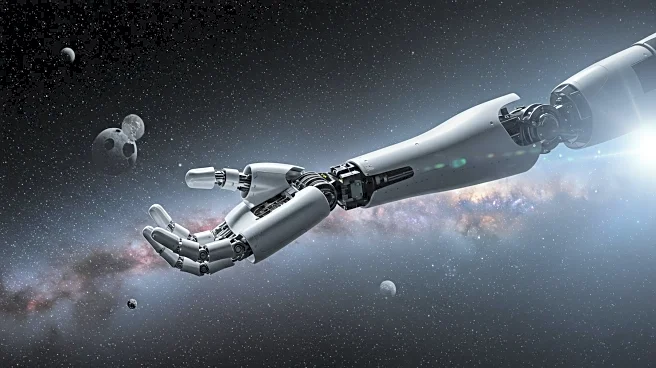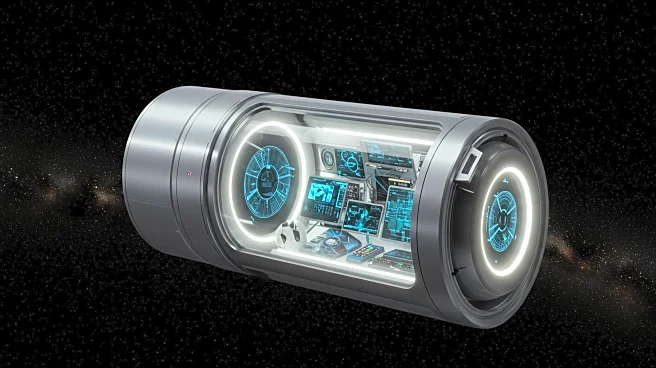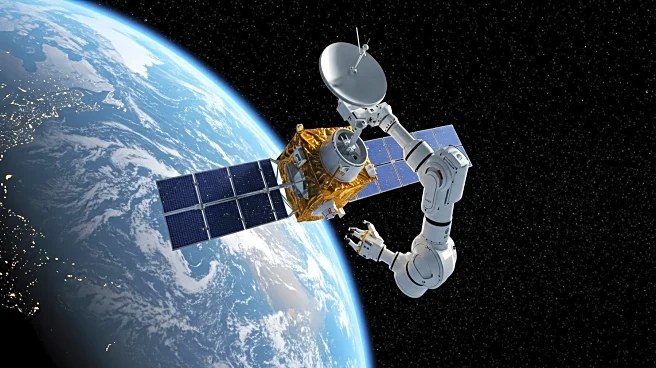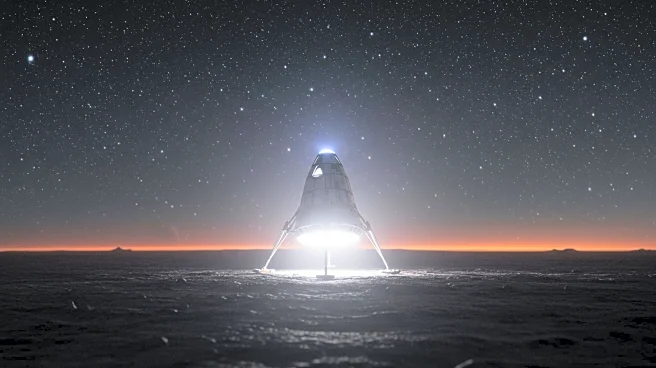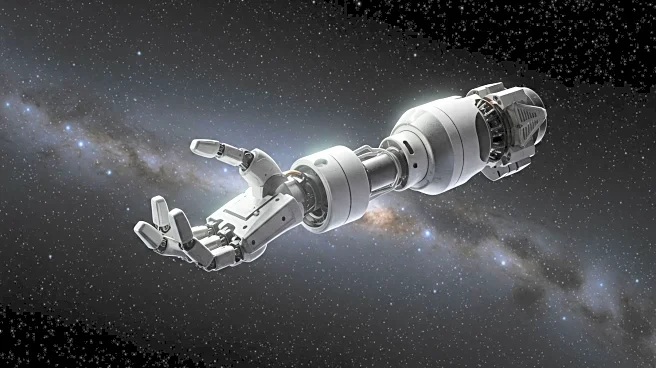What is the story about?
What's Happening?
SpaceX, in collaboration with NASA, is set to launch the CRS-33 resupply mission to the International Space Station (ISS) from Cape Canaveral Space Force Station. The launch is scheduled for no earlier than 2:45 a.m. on Sunday, August 24. This mission marks the 33rd resupply mission by SpaceX for NASA. The Cargo Dragon spacecraft will carry over 5,000 pounds of supplies, including food, necessities, and scientific experiments. Notable experiments include research on bone loss prevention, materials for 3D-printing medical implants, bioprinted liver tissue studies, and supplies for 3D printing metal cubes in space. The spacecraft is expected to dock with the ISS's Harmony module by 7:30 a.m. on August 25, if the launch proceeds as planned.
Why It's Important?
The CRS-33 mission is crucial for maintaining the continuous operation and research activities aboard the ISS. The scientific experiments onboard have the potential to advance medical and material science, with implications for both space exploration and terrestrial applications. For instance, the 3D-printing of medical implants could revolutionize treatment for nerve injuries on Earth. Additionally, the mission will contribute to the ISS's orbital maintenance, as the Dragon spacecraft will use its propulsion system to adjust the station's orbit. This mission underscores the ongoing partnership between NASA and SpaceX, highlighting the role of private companies in supporting space exploration and research.
What's Next?
Following the successful docking of the Cargo Dragon, the scientific experiments and supplies will be integrated into the ISS's operations. The propulsion system in the Dragon's trunk will be used to boost the ISS's orbit starting in September, continuing through the fall. This orbital adjustment is essential for maintaining the station's trajectory and ensuring its long-term operational stability. The success of this mission could further solidify SpaceX's role in future NASA missions and potentially lead to more collaborative projects aimed at advancing space exploration and technology.
AI Generated Content
Do you find this article useful?
